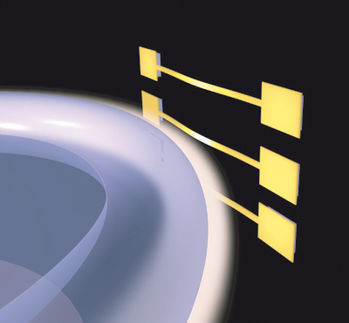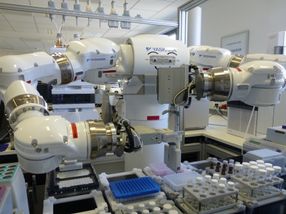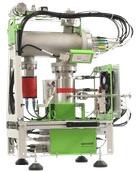Agilent Technologies introduces method for chemical fingerprinting of microscopic materials from crime scenes
Agilent Technologies Inc. announced a method for analyzing forensic samples with significant advantages in speed, sensitivity and sample use over traditional techniques. It can characterize microscopic samples such as glass shards and clothing fibers at the parts per billion (ppb) level, providing an elemental "fingerprint" that can help investigators determine the origin of a material, sometimes down to the brand or manufacturer.
Forensic investigators currently rely on various techniques to characterize physical evidence, including microscopy, refractive index, Fourier transform infrared and X-ray fluorescence. These techniques have drawbacks when analyzing small samples or discriminating between materials with physical, chemical and visual similarities. Some require extensive sample preparation, a time-consuming process that uses hazardous substances, increases the risk of contamination and destroys significant amounts of sample. Other techniques may have difficulty distinguishing materials that are chemically inert; of the same brand, color or matrix; or from different batches of the same manufacturing run.
Developed with New Wave Research of Fremont, Calif., Agilent's method uses laser ablation inductively coupled plasma-mass spectrometry (LA-ICP-MS) to overcome the limitations associated with traditional techniques. In LA-ICP-MS, a powerful pulsed laser focuses on and vaporizes a small amount of a solid sample. A gas stream carries the resultant sample vapor into a high-temperature plasma (the ICP) where the sample is ionized before extraction into the mass spectrometer for analysis.
The advantages of LA-ICP-MS for forensic analysis include:
- Accurate discrimination of similar samples by identifying trace elemental and isotopic characteristics at ppb levels.
- Reduced analysis time by eliminating sample preparation steps.
- Very low sample consumption (often less than one microgram), preserving the original sample and enabling further measurements if corroboration is needed.
- Analysis of the layers of a material such as those in adhesive tape.
The ability to analyze microscopic specimens can help investigators link a suspect to the crime scene. If a sample is small, it is more likely to be transported from a crime scene undetected by the criminal. Shattered glass, for example, produces tiny shards that may become embedded in clothing and shoes, "tagging" a criminal with a unique marker.
Agilent's method uses a New Wave Research Merchantek UP-213 LA system coupled to an Agilent 7500s ICP-MS instrument. In one study, researchers were able to discern seven different types of colorless glass with very high accuracy and precision. In a second study, researchers identified a unique elemental pattern for different types of adhesive tape by ablating through its multiple layers. This allowed them to distinguish between plastic and adhesive layers, which, along with visual inspection, helps identify the manufacturer.
Other news from the department research and development
These products might interest you
Most read news
More news from our other portals
See the theme worlds for related content
Topic World Mass Spectrometry
Mass spectrometry enables us to detect and identify molecules and reveal their structure. Whether in chemistry, biochemistry or forensics - mass spectrometry opens up unexpected insights into the composition of our world. Immerse yourself in the fascinating world of mass spectrometry!

Topic World Mass Spectrometry
Mass spectrometry enables us to detect and identify molecules and reveal their structure. Whether in chemistry, biochemistry or forensics - mass spectrometry opens up unexpected insights into the composition of our world. Immerse yourself in the fascinating world of mass spectrometry!


























































